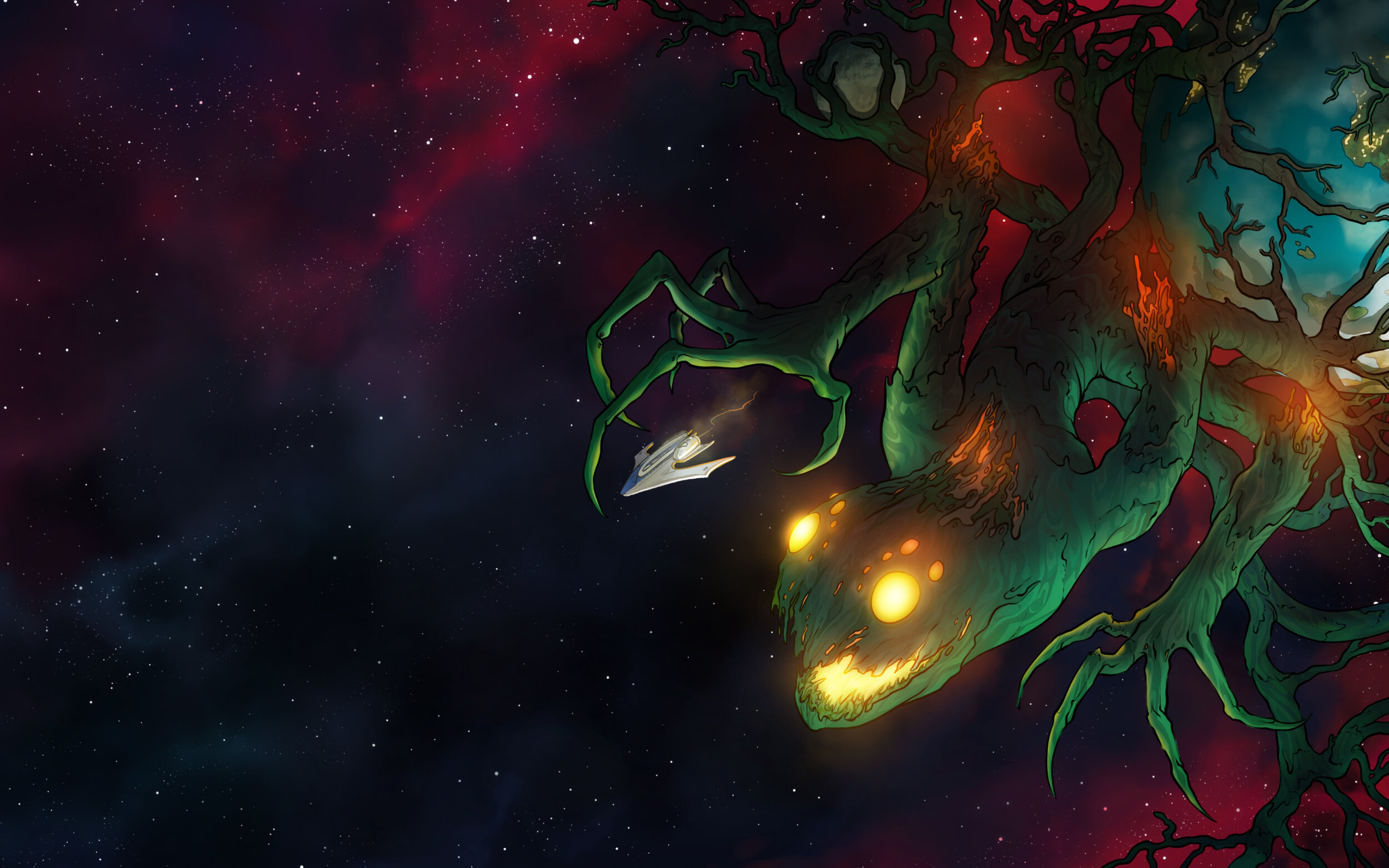Captain’s Gambit has been one of the most rewarding projects I’ve ever worked on. Watching it grow from a humble class assignment into a full retail release has been an incredible journey. That’s not to say that the journey has been easy, far from it. I made a ton of mistakes along the way, and I learned a lot from each of those failures. Some of the things I learned are pretty specific to social deception games, like how to design asymmetrical characters. Some lessons are a bit broader, like how to run a Kickstarter campaign. Hell, some lessons I’m still learning right now, like how to manage a growing community.
But this week, I wanted to take a step back and speak directly to my past self. See, when I decided to create a board game, I had no idea what it was going to be like. I didn’t know how much it was going to cost, how long it was going to take, and how much work it was going to be. I didn’t know which parts were going to be hard, and which parts were going to be surprisingly easy. I just didn’t know what to expect.
So today, I’m going to share some tips I wish I had when I was starting out. Keep in mind that your experience likely won’t be quite identical to mine, so not every tip is going to be perfect for you. But if you are thinking at all about making your own board game, hopefully my insight can help you on your journey.
#1 - Remember Your Goals
There are a lot of reasons why you might want to make a board game. Maybe you felt inspired after learning about game design. Maybe you’re looking for an outlet to better express yourself. Or maybe you’re thinking about turning tabletop gaming into your full-time career. Whatever your goals are, it’s important to keep them in mind so that you can know what “success” means to you.
Do you care how long it takes to finish your game? Do you care how much it’s going to cost? Are you making the game just for you or your friends, or are you hoping for a full retail release? Is this the only game you want to make, or are you planning on making more? There aren’t “right” answers to these questions, just the answers that are right for you. Always keep your goals in mind and use them to make sure you’re making progress.
#2 - It’s Okay to Let Things Go
At some point during development, there’s going to be a mechanic that just doesn’t work. Maybe it doesn’t feel fun, or maybe it’s too complicated, or maybe it just straight up ruins your game’s balance. Whatever the issue is, you’ll try over and over again to fix it. But despite iteration after iteration, you just won’t be able to get it right.
When this happens, it’s often best to just let it go. If something about your game isn’t working, you shouldn’t have to force it. Instead, shelve the mechanic for now and see if you can make the game work without it. In the worst case scenario, you can always bring it back if you can’t find something better. But most of the time you’re going to find that there are plenty of new and better mechanics just waiting to take its place.
#3 - It’s Worth Spending Extra for Good Art








